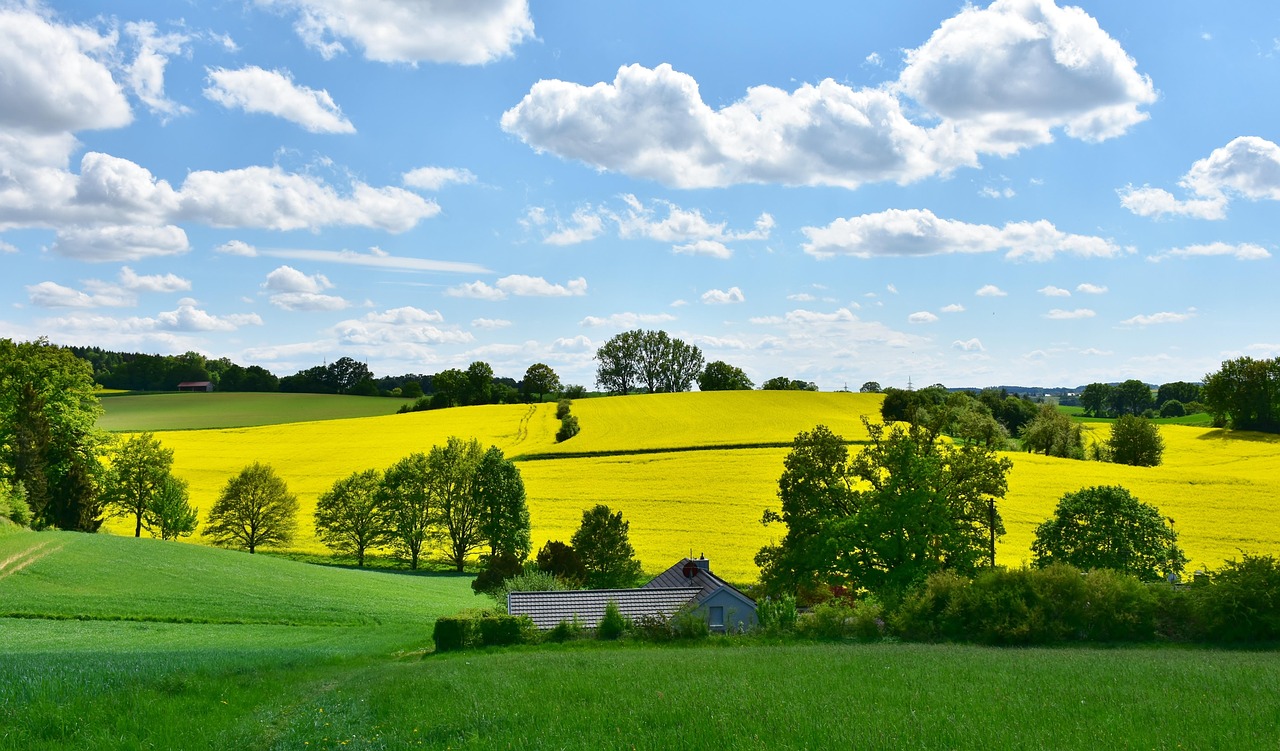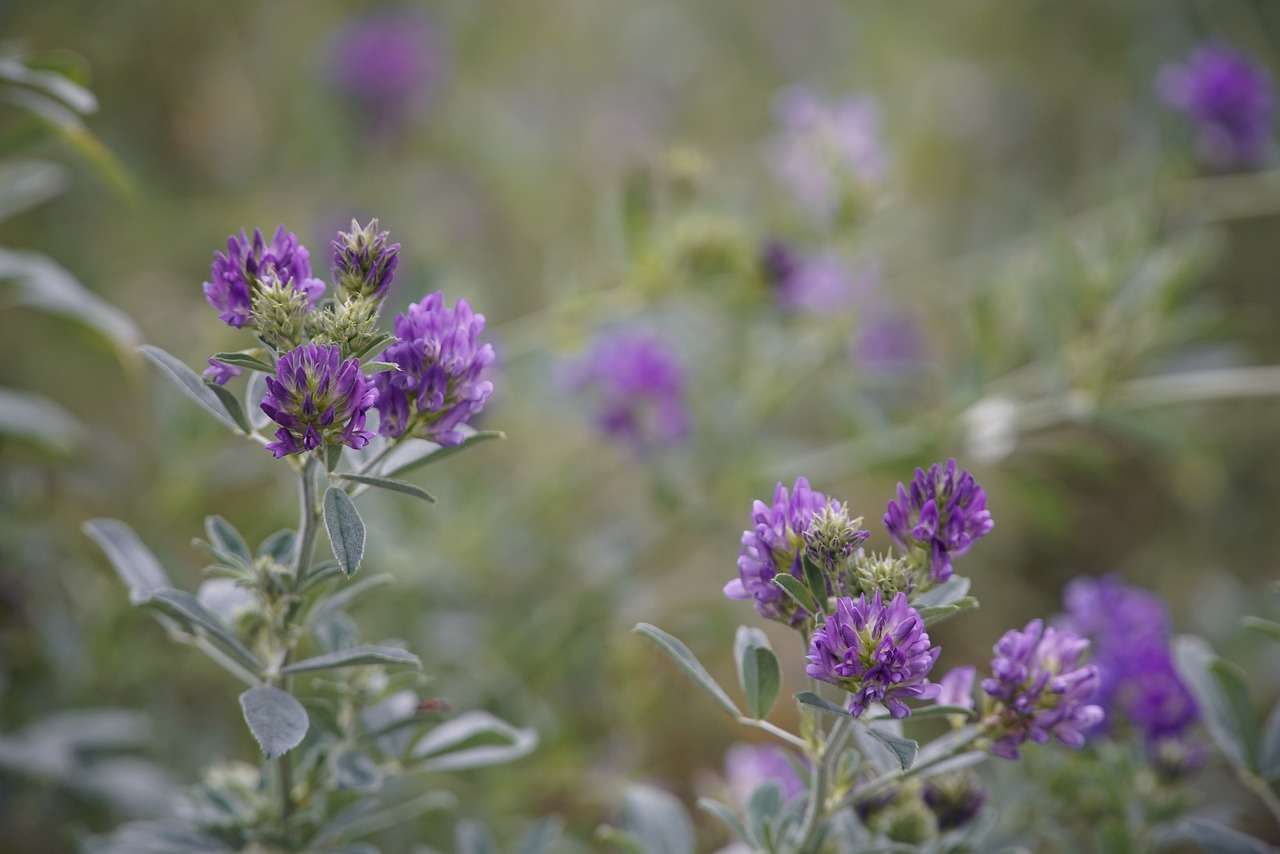LIFE PollinAction Final Conference – March 28, 2025
lifepollinaction2025-03-31T10:02:14+02:00The LIFE PollinAction Final Conference is taking place with a large audience, both in person and online. LIFE Programme #LIFEprogramme#LIFEproject#EUpollinators #impollinatori#api#pollinators#bees Università Ca' Foscari VeneziaLIFE 4 PollinatorsLegambienteLIFE GreenchangeLife BEEadaptLifeGateUnited Nations BiodiversityLIFE Greenchange3Bee











